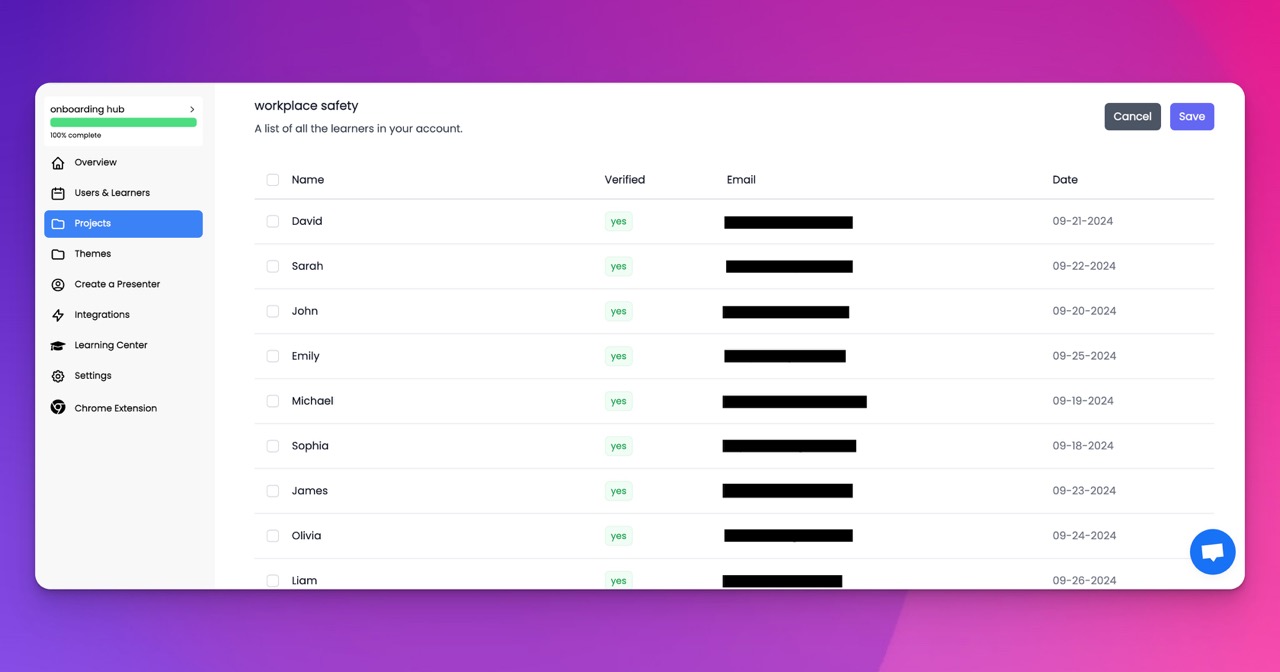🎉 Trainday now integrates with Zendesk and Hubspot 🎉 Trainday now integrates with Zendesk and Hubspot 🎉 Trainday now integrates with Zendesk and Hubspot
🎉 Trainday now integrates with Zendesk and Hubspot
Contact
OSHA Compliance
"Stay Compliant: A Comprehensive Guide To Cal OSHA Injury Reporting Requirements"
# Stay Compliant: A Comprehensive Guide to Cal OSHA Injury Reporting Requirements
Ensuring workplace safety is a priority for every responsible employer. In California, the Occupational Safety and Health Administration (Cal OSHA) sets forth stringent injury reporting requirements to ensure that workplace incidents are promptly and accurately reported. Understanding these requirements is crucial for maintaining compliance and fostering a safe working environment. This comprehensive guide will walk you through the essentials of Cal OSHA injury reporting requirements, providing you with the knowledge you need to stay compliant.
## Understanding Cal OSHA
Cal OSHA, a division of the California Department of Industrial Relations (DIR), is responsible for enforcing state laws and regulations related to workplace safety and health. Their mission is to protect the health and safety of workers in California by setting and enforcing standards, providing outreach and training, and encouraging continuous improvement in workplace safety.
## Who Needs to Report?
Employers across various industries in California are required to report workplace injuries and illnesses to Cal OSHA. This includes private sector employers, as well as public sector employers such as state and local government agencies. It's important to note that even small businesses are not exempt from these reporting requirements.
## What Needs to Be Reported?
Cal OSHA mandates the reporting of specific types of workplace incidents. These include:
### 1. Fatalities
Employers must report any work-related fatality to Cal OSHA within **8 hours** of the incident. This also includes fatalities that occur within 30 days of a work-related incident if the death results from the incident.
### 2. Serious Injuries or Illnesses
Serious injuries and illnesses must be reported within **24 hours**. A serious injury or illness is defined as one that involves:
- Inpatient hospitalization for more than 24 hours for other than medical observation.
- The loss of any body part.
- A serious degree of permanent disfigurement.
- Any serious injury or illness that, in the judgment of the employer, poses a significant threat to the health or safety of employees.
### 3. Amputations and Loss of an Eye
Any work-related amputation or loss of an eye must be reported to Cal OSHA within **24 hours**.
## How to Report
To report a workplace injury or illness, employers can contact the nearest Cal OSHA office by phone. It is important to have the following information ready when making the report:
- The name and contact information of the person making the report.
- The name and location of the business.
- The time and date of the incident.
- A description of the incident, including the type of injury or illness and how it occurred.
- The number of employees affected.
- Any corrective actions taken or planned to prevent recurrence.
## Recordkeeping Requirements
In addition to immediate reporting, employers must maintain accurate records of work-related injuries and illnesses. This is typically done using the Cal OSHA Form 300, Form 300A, and Form 301:
- **Form 300**: Log of Work-Related Injuries and Illnesses. This form records detailed information about each incident.
- **Form 300A**: Summary of Work-Related Injuries and Illnesses. This form provides a summary of the incidents recorded on Form 300 and must be posted in a visible location from February 1 to April 30 each year.
- **Form 301**: Injury and Illness Incident Report. This form provides additional details about each incident and must be completed within seven calendar days of the incident.
## Common Mistakes to Avoid
1. **Delayed Reporting**: Failing to report within the required time frame can result in penalties. Ensure you understand the reporting deadlines and act promptly.
2. **Incomplete Information**: Providing incomplete or inaccurate information can hinder Cal OSHA's ability to respond effectively. Double-check the details before making a report.
3. **Neglecting Recordkeeping**: Maintaining accurate and up-to-date records is essential for compliance. Regularly review and update your records to ensure they are complete.
## Conclusion
Staying compliant with Cal OSHA injury reporting requirements is essential for every employer in California. By understanding who needs to report, what needs to be reported, and how to report, you can ensure that your workplace remains safe and compliant. Regularly review your reporting and recordkeeping procedures to stay ahead of any potential issues. Remember, a safe workplace is not only a legal obligation but also a fundamental component of a thriving business.
By following this comprehensive guide, you'll be well-equipped to navigate the complexities of Cal OSHA injury reporting requirements and maintain a safe working environment for your employees.
Accelerate Compliance.
Deliver OSHA-Ready Courses Instantly.
Empower your team with data-driven training solutions tailored to your industry's safety standards. Stay compliant, reduce risks, and boost productivity with AI-powered course creation.
